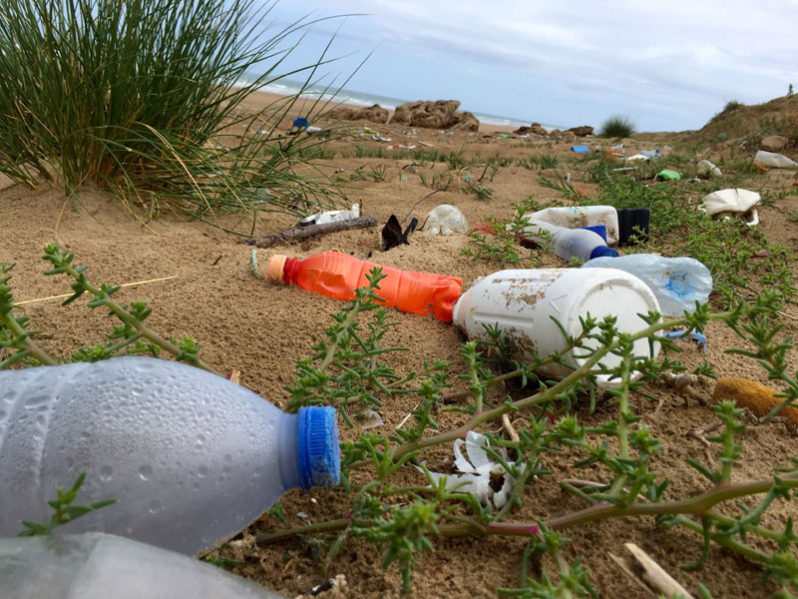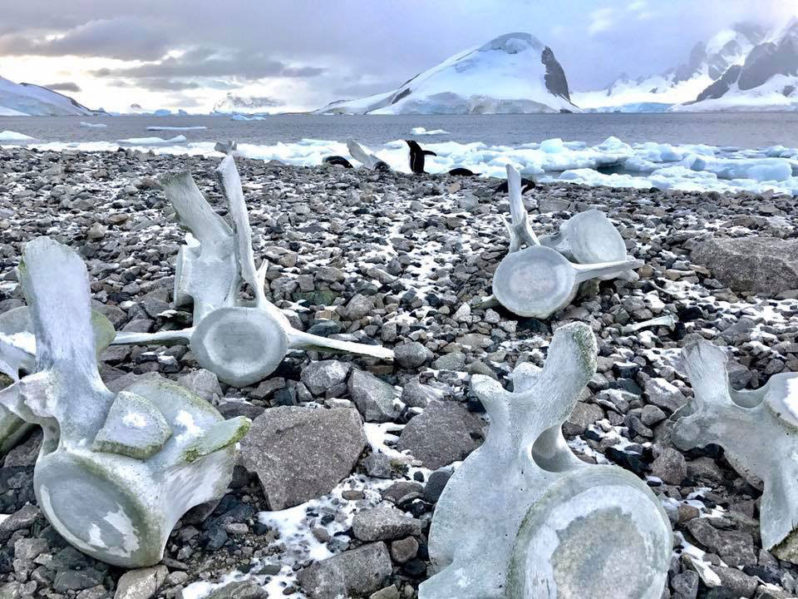The end of plastic? New plant-based bottles will degrade in a year

A biochemicals company in the Netherlands hopes to kickstart investment in a pioneering project that hopes to make plastics from plant sugars rather than fossil fuels.
Thirty-six Thousand Feet Under the Sea

Scientists estimate that in thirty years the oceans will hold a greater mass of plastic than of fish. Almost every biological sample that dredged up from the hadal zone and tested in a lab has been contaminated with microplastics.
Microplastics are everywhere, study finds

In this new study about micro plastic, researchers chose to focus on microplastics in table salt, drinking water and air.
Is the future more plastic?

The current pandemic has led to surging amounts of plastic waste, although a recent study suggests that the coronavirus might actually persist longer on plastics than on other materials. Battling plastic waste is much more complex than fighting COVID-19.
A radar for plastic: High-resolution map to track plastic emissions in seas

A team of scientists developed a new method to combat plastic emissions, taking into account the origin of plastic emissions.
The world is paying a high price for cheap clothes

The global fashion industry generates a huge amount of waste – one full garbage truck of clothes is burned or sent to a landfill every second, and, 60% of materials used by the industry are plastic fibers – the equivalent of 50 billion plastic bottles are leaked into the ocean through garment wash every year.
Scientists find highest ever level of microplastics on seafloor

An international research project has revealed the highest levels of microplastic ever recorded on the seafloor, with up to 1.9 million pieces in a thin layer covering just 1 square meter. The hotspots appear to be the deep-sea equivalents of the so-called ‘garbage patches’ formed by currents on the ocean surface.
Microplastics found in Antarctic ice cores

A team of researchers from the University of Tasmania has found evidence of microplastics in ice cores collected off the coast of Antarctica. They also note that prior studies have shown that microplastics in ice can lead to melting due to heat absorption.
California recycling and plastic pollution initiative

The opportunity for the State of California to move nearer to the goal of Zero Waste may be before California voters on the November 2020 ballot.
